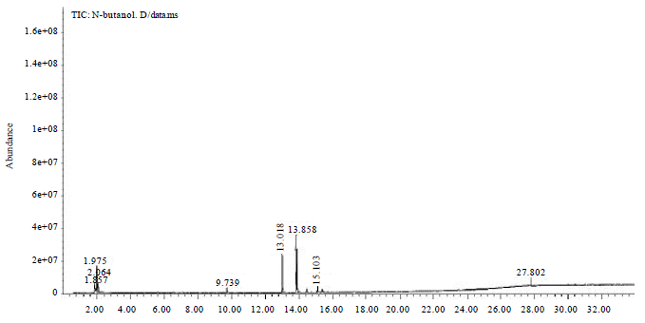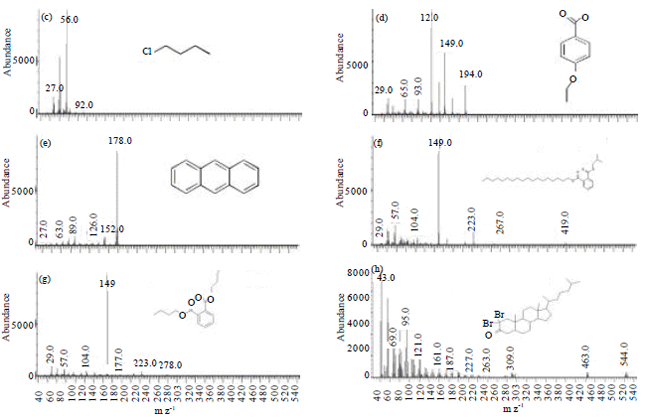Research Article
GC-MS Analysis of Bioactive Constituents of Pinus roxburghii Sarg. (Pinaceae) from Northern India
Institute of Pharmaceutical Sciences, Kurushetra University, Kurukshetra, Haryana, India
Sukhbir Lal
Institute of Pharmaceutical Sciences, Kurushetra University, Kurukshetra, Haryana, India
A.C. Rana
Institute of Pharmaceutical Sciences, Kurushetra University, Kurukshetra, Haryana, India
Dhirender Kaushik
Institute of Pharmaceutical Sciences, Kurushetra University, Kurukshetra, Haryana, India













